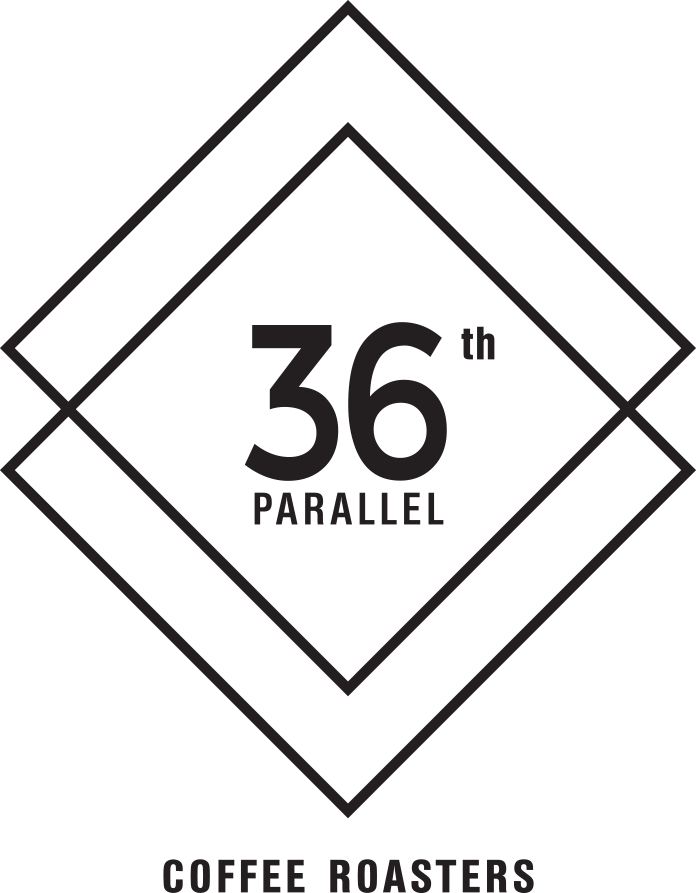Where do I come from ?
Coffee Bean Selection Introduction
While the right tools are necessary in order to produce the finest possible cup of coffee, no equipment will compensate for low-quality or stale coffee beans. We only source and use the highest quality ARABICA beans. As part of the process, we also test batches on incoming green coffee beans for Moisture, Colour and also under a UV light for any deformities thus guaranteeing the validity of the quality.
There are a few basics you should know when you start out. Here’s an introduction into the whole beautiful world of artisan coffee: Don't worry, our experts will guide you through this process to guarantee your own coffee creation exceeds all expectations.
Taste and aroma
You’ll be able to taste coffee more knowledgeably if you understand the terms used to describe its flavour and aroma. As you sample different types of coffee, keep these characteristics in mind. Analysing the aspects of your tasting experience will help you determine your favorites, and your knowledge will sharpen your guests’ enjoyment of the coffee you serve.
Acidity:
This refers to a sharpness or snappiness that you can feel at the edges of your tongue, and it’s a positive quality. Sometimes it’s also described as “brightness.” Coffees with less acidity are sometimes called “mellow,” but all coffees need some acidity in order to avoid being flat or dull.
Aroma:
Since our taste buds are only capable of discerning four flavour categories (sour, sweet, salty and bitter), our sense of smell provides all the other dimensions of flavour. Coffee aroma adds qualities such as smoky, flowery, fruit-like, earthy, or it may remind you of certain berries or nuts.
Body:
Even though all coffee is brewed with water, some types feel physically heavier and denser in your mouth. A full-bodied coffee may remind you of having whole milk or cream in your mouth, while a medium or light-bodied coffee will be more like skim milk or water.
Roast:
Described in detail below, the amount of time that the beans undergo heating has a big effect on their finished appearance and taste.
Balance:
This is a descriptive word for the way in which the above factors interact. Good coffee beans usually present a high level of balance between acidity and mellowness, and they include a complex and satisfying overall aroma and flavour. Coffee with a low balance level would be extreme in one aspect of taste, and the experience would feel shallower.
Finish:
Taken from the world of wine-tasting, the term “finish” refers to the taste and sensation left in your mouth after you swallow. Some varieties of coffee have a cocoa or chocolate finish; others leave an aftertaste of fruit, berries or nuts.
Region, Variety and Season
Just like wine, the taste of coffee reflects the geographic region in which it the beans have been grown, as well as the exact species of the coffee plant. Certain regions have distinctive characteristics, depending on the soil, elevation and farming methods of the individual grower. Other factors that can influence taste include whether the beans are shade-grown or organic, the methods of enriching the soil and processing the beans and whether the farmers and pickers are paid enough so that they care about doing a good job.
There are two varieties of coffee beans: Arabica and Robusta. Both varieties are grown all over the world; however, Robusta beans are easier to grow and the plants don’t require high elevations in order to thrive. In general, Robusta beans are cheaper to buy, and they tend to be used for the mainstream commercial coffee blends. Their flavour is harsher and more nut-like, and they have higher levels of caffeine.

